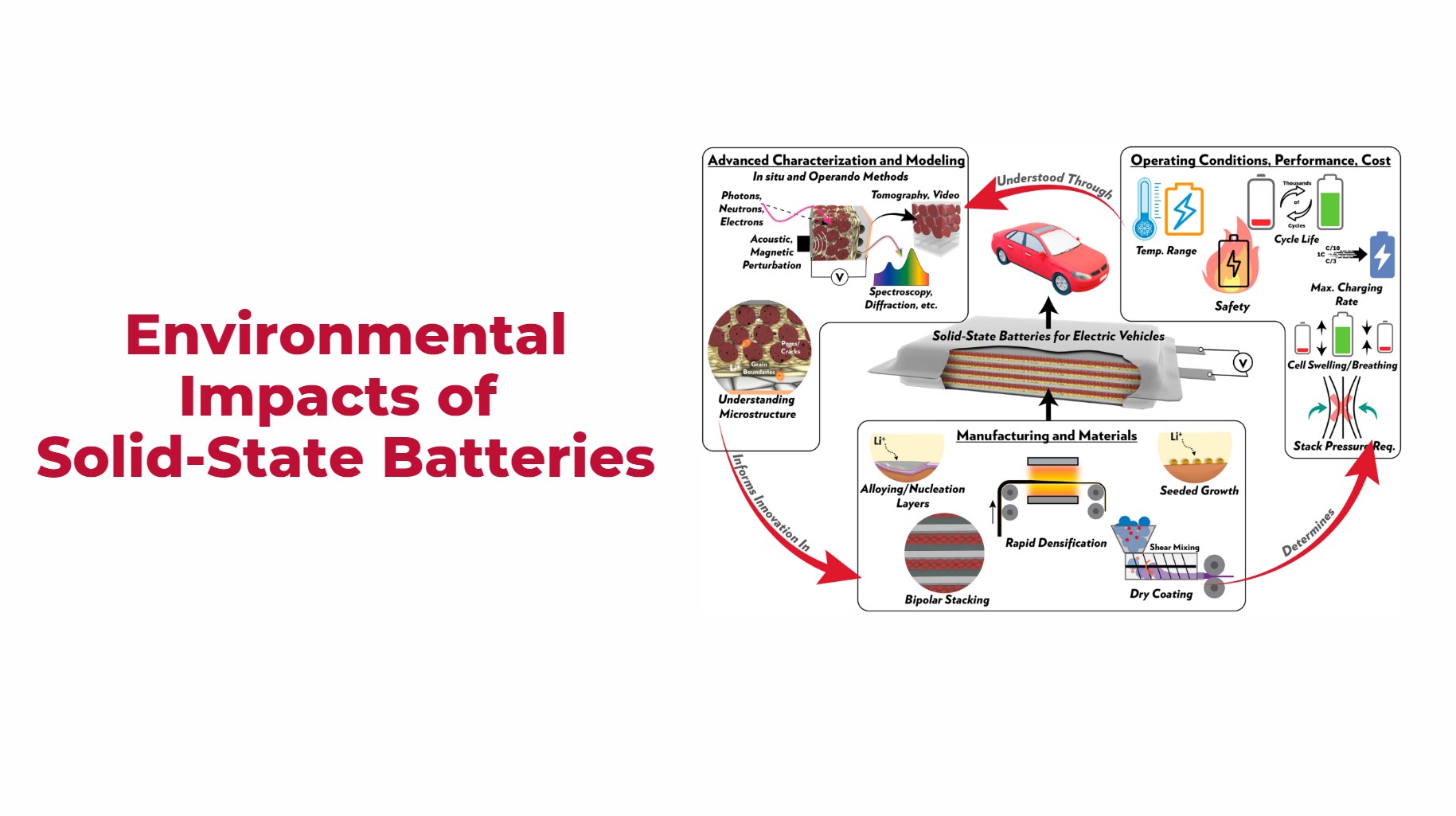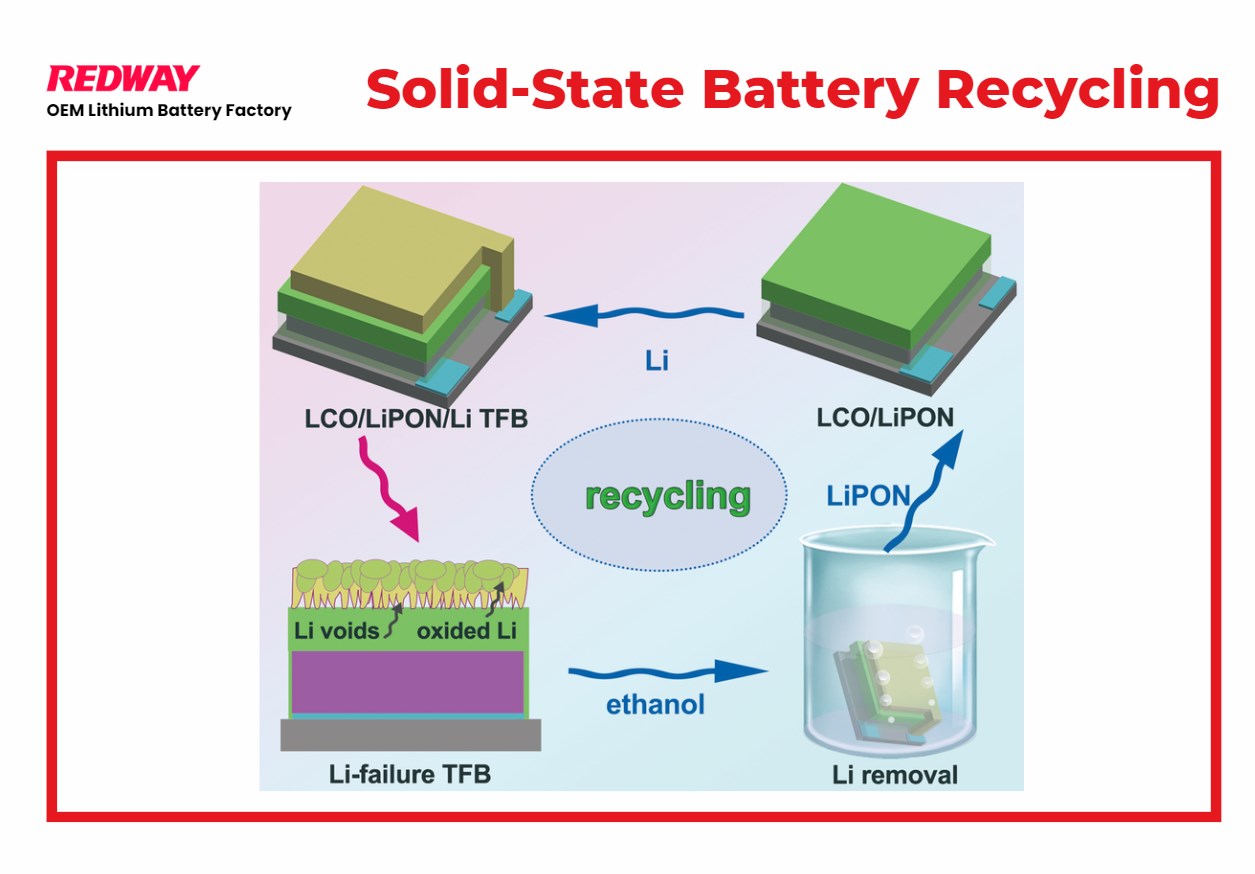As global concerns about climate change and environmental sustainability intensify, industries are turning toward green technologies that minimize their environmental footprint. Among these innovations, solid-state batteries have garnered significant attention for their potential to revolutionize the energy storage sector. At the forefront of this shift are companies like Redway Battery, with over 12 years of expertise in manufacturing LiFePO4 batteries. The transition to solid-state batteries presents both opportunities and challenges in reducing environmental impacts, making it essential to examine their lifecycle and sustainability compared to traditional battery technologies.
Solid-state batteries have a positive impact on the environment due to their reduced risk of fires and explosions compared to traditional lithium-ion batteries. By eliminating the need for flammable liquid electrolytes, solid-state batteries enhance safety and reduce the environmental impact of energy storage systems. These batteries also have the potential to use more sustainable and environmentally friendly materials, contributing to a greener energy landscape. With their improved safety features and potential for sustainability, solid-state batteries are a promising solution for reducing the environmental impacts of energy storage.
What Are Solid-State Batteries?
Solid-state batteries represent a new generation of energy storage solutions. Unlike traditional lithium-ion batteries, which use liquid electrolytes, solid-state batteries employ a solid electrolyte. This fundamental change in design offers several environmental advantages, as well as potential concerns.
The increased energy density and longer lifespan of solid-state batteries mean fewer resources are needed for replacements, and the potential for improved safety could mitigate the risk of environmental contamination from accidents or leaks. However, a full environmental analysis must also consider raw material extraction, manufacturing processes, and end-of-life disposal.
Resource Extraction: Comparing Materials
One of the primary environmental impacts of any battery technology stems from the extraction of raw materials. For solid-state batteries, the use of materials such as lithium, cobalt, and nickel remains prevalent, but innovations are driving the use of less harmful alternatives.
- Lithium Extraction: While lithium is a key component in both traditional and solid-state batteries, solid-state technologies tend to require less lithium. This reduction could lead to decreased demand for lithium mining, which is associated with water depletion and habitat disruption.
- Cobalt-Free Designs: Solid-state batteries are more likely to adopt cobalt-free chemistries. This shift is critical, as cobalt mining is linked to human rights abuses and severe environmental degradation, particularly in the Democratic Republic of Congo.
Manufacturing and Production
The production of solid-state batteries is generally more complex than that of lithium-ion batteries, but it offers environmental benefits in the long run.
Energy-Intensive Manufacturing
Solid-state batteries typically require higher temperatures during manufacturing, which could result in higher energy consumption. However, the longevity of solid-state batteries—often lasting much longer than conventional alternatives—means that the total energy required across the battery’s lifetime could be lower.
Reduced Hazardous Waste
One major advantage of solid-state batteries is their safety profile. Traditional lithium-ion batteries pose a risk of thermal runaway—a chain reaction that can lead to fires or explosions, releasing hazardous materials into the environment. In contrast, the solid electrolyte in solid-state batteries reduces the risk of leaks and fires, which can mitigate the environmental impact of accidental releases during production or use.
Usage: Longer Lifespan, Less Waste
A key environmental benefit of solid-state batteries is their extended lifespan compared to conventional lithium-ion or lead-acid batteries. This durability translates into less frequent battery replacement, leading to a decrease in the demand for new batteries. The fewer batteries that need to be manufactured, the fewer raw materials are required, and the less waste is generated.
Energy Efficiency
Solid-state batteries also offer improved energy efficiency, with less energy loss during charging and discharging. This enhanced efficiency can have far-reaching environmental benefits, especially in applications like electric vehicles (EVs), where increased range and faster charging times can reduce fossil fuel consumption and decrease overall carbon emissions.
Recycling and End-of-Life Management
While solid-state batteries show promise in many environmental aspects, their recyclability remains an area for improvement. Traditional lithium-ion batteries already face challenges in recycling due to the complexity of recovering valuable materials like lithium and cobalt.
Solid-State Recycling Challenges
Solid-state batteries, although containing fewer harmful substances, are more difficult to disassemble. The solid electrolytes used in these batteries are often ceramic or polymer-based, making the recycling process less straightforward. Developing cost-effective recycling methods for solid-state batteries will be crucial to minimizing their long-term environmental impact.
Potential for Circular Economy
Despite these challenges, advancements in recycling technologies could eventually support a circular economy for solid-state batteries. By reclaiming valuable materials and reintegrating them into new battery production, manufacturers can significantly reduce the demand for virgin resources and lower the environmental cost of battery disposal.
Solid-State Batteries and Electric Vehicles
Solid-state batteries are particularly well-suited for use in electric vehicles, offering both performance and environmental benefits. With the transportation sector being a major contributor to greenhouse gas emissions, the switch to EVs powered by solid-state batteries could make a substantial difference in the fight against climate change.
Lowering EV Carbon Footprint
Due to their higher energy density, solid-state batteries can provide longer driving ranges for electric vehicles. This means fewer charging cycles, which not only extends the battery’s lifespan but also reduces the carbon footprint associated with electricity generation for recharging.
Reducing Dependency on Fossil Fuels
By improving the efficiency of energy storage in renewable energy systems, solid-state batteries have the potential to reduce our dependency on fossil fuels for power generation. This could lead to a more sustainable and cleaner energy grid, contributing to broader environmental goals.
Future Outlook: Solid-State vs. LiFePO4 Batteries
Redway Battery, a leading manufacturer of LiFePO4 batteries, has already established itself as a key player in sustainable energy solutions. LiFePO4 batteries offer excellent safety, longevity, and environmental benefits, particularly in applications such as solar energy storage and marine or RV power systems.
As solid-state technology matures, we anticipate that it will complement existing LiFePO4 solutions, particularly in industries where high energy density and lighter weight are crucial, such as in electric aviation or portable electronics. However, LiFePO4 batteries remain a highly viable option for numerous applications due to their established reliability, affordability, and environmental friendliness.
Conclusion: Solid-State Batteries as a Sustainable Solution
While solid-state batteries offer significant potential to reduce the environmental impacts of energy storage, there are still several hurdles to overcome in terms of resource extraction, manufacturing, recycling, and end-of-life management. Nevertheless, their extended lifespan, improved safety, and higher energy efficiency make them a promising alternative to traditional battery technologies.
As companies like Redway Battery continue to innovate in the battery manufacturing space, both LiFePO4 and solid-state technologies will play pivotal roles in shaping a sustainable future. The challenge lies in optimizing each technology to ensure the lowest possible environmental impact across the entire lifecycle.




